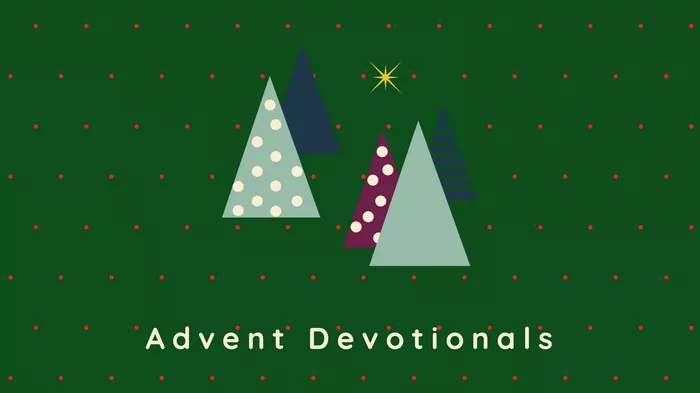In the tapestry of religious observances, few seasons carry the depth of anticipation and reflection as Advent does in the Catholic faith. Marking the beginning of the liturgical year, Advent encapsulates a period of profound spiritual preparation and joyful expectation leading up to the celebration of Christ’s birth at Christmas. Rooted in both scriptural tradition and centuries of ritual practice, Advent holds significance not only as a historical commemoration but as a living symbol of faith, hope, and redemption for Catholics worldwide.
Origins and Historical Context
The word “Advent” finds its roots in the Latin term “adventus,” meaning “coming” or “arrival.” Historically, the season of Advent emerged in the Latin Church during the sixth century, gradually evolving from a time of penance and fasting to its present emphasis on joyful expectation. While its exact origins are not precisely documented, early references to Advent appear in the writings of St. Gregory of Tours and St. Caesarius of Arles, indicating its establishment as a distinct liturgical season by the late sixth century.
Theological Significance
At its core, Advent serves as a dual reminder for Catholics: a reflection on the historical anticipation of Christ’s first coming and a preparation for his promised return in glory. This theological underpinning imbues the season with a sense of urgency and expectancy, inviting believers to engage in spiritual disciplines such as prayer, fasting, and almsgiving as they await the fulfillment of God’s promises.
Central to the Advent liturgy is the concept of “the four last things” – death, judgment, heaven, and hell – which serve as sobering reminders of the transient nature of human existence and the ultimate destiny of every soul. This focus on eschatological themes underscores the need for vigilance and readiness, as articulated in the Gospel of Matthew: “Therefore, stay awake! For you do not know on which day your Lord will come” (Matthew 24:42).
Liturgical Observance
The liturgical observance of Advent unfolds over four weeks, each marked by the lighting of candles on an Advent wreath – a circular arrangement symbolizing eternity and the everlasting presence of God. The progressive lighting of candles, typically one additional candle each week, corresponds to the increasing anticipation of Christ’s birth.
The liturgical color of Advent, purple, signifies penance, preparation, and royalty, reflecting both the solemnity of the season and the regal nature of Christ as the awaited Messiah. In some traditions, a rose-colored candle is lit on the third Sunday of Advent, known as Gaudete Sunday, symbolizing rejoicing amidst the anticipation.
Symbols and Traditions
Throughout Advent, Catholics engage in a variety of symbolic practices and traditions that deepen their spiritual experience of the season. The Advent calendar, originating in Germany in the 19th century, has become a popular way for families to count down the days until Christmas, often incorporating daily Scripture readings or small gifts as a means of spiritual preparation.
Similarly, the Advent wreath, with its four candles representing hope, peace, joy, and love, serves as a focal point for prayer and reflection. Each week, as another candle is lit, believers are reminded of the progressive revelation of God’s saving plan through the prophets and ultimately fulfilled in the birth of Christ.
Scriptural Foundations
The readings chosen for the Advent season draw from both the Old and New Testaments, highlighting the prophetic anticipation of the Messiah and the fulfillment of God’s promises in Christ. Key passages, such as Isaiah’s prophecies of a coming savior (Isaiah 7:14, 9:6) and the angel’s annunciation to Mary (Luke 1:26-38), underscore the themes of hope, expectation, and divine intervention central to the Advent narrative.
The Gospel readings during Advent often focus on the ministry of John the Baptist, who proclaimed a message of repentance and preparation for the coming of the Lord (Mark 1:1-8, Luke 3:1-6). John’s role as the herald of Christ’s arrival serves as a model for believers, calling them to make straight the paths of their hearts in readiness for the Messiah.
Personal and Communal Reflection
Beyond its liturgical and devotional elements, Advent invites Catholics to engage in personal and communal reflection on the deeper meaning of Christ’s coming into the world. Through practices such as Advent retreats, parish missions, and Advent-themed spiritual reading, believers are encouraged to cultivate a spirit of attentiveness and receptivity to God’s presence in their lives.
Moreover, the communal dimension of Advent is expressed through acts of charity and solidarity with the marginalized and vulnerable. Through initiatives such as Advent giving trees, food drives, and outreach ministries, Catholics are reminded of their call to embody the love and compassion of Christ in the world, particularly during this season of expectation and hope.
Conclusion
In the tapestry of Catholic spirituality, Advent stands as a luminous thread, weaving together the rich tapestry of biblical narrative, liturgical tradition, and personal devotion. As believers journey through the weeks of anticipation, they are invited to embrace the mystery of the Incarnation with hearts open to the transformative power of God’s love.
Ultimately, Advent beckons Catholics to a deeper encounter with Christ – the Word made flesh – who enters into human history as the fulfillment of God’s promises and the source of our salvation. In this sacred season of waiting and watching, may the light of Christ illumine our hearts and guide us ever closer to the joy of his coming.

